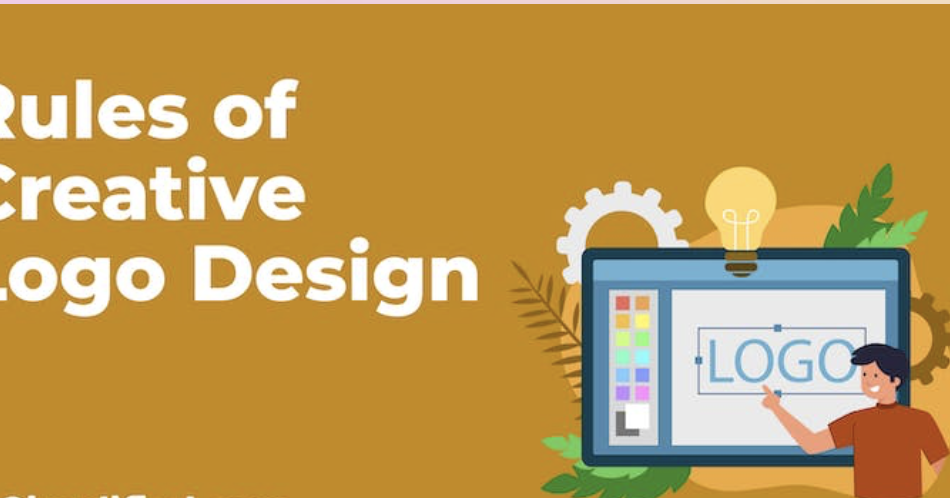Design is a powerful tool that can evoke emotions, convey messages, and captivate audiences. Whether you’re a graphic designer, web developer, or artist, the pursuit of stunning design is a common goal. Achieving this requires more than just artistic flair; it demands a deep understanding of techniques that can elevate your creative vision. In this article, we’ll explore some essential techniques that can help you create stunning designs that leave a lasting impact.
Understanding the Basics of Design
Before delving into advanced techniques, it’s crucial to grasp the fundamentals of design. This includes principles like balance, contrast, alignment, and proximity. Understanding these concepts will serve as the foundation upon which you can build your stunning designs.
Color Harmony
Color plays a vital role in design, affecting emotions, readability, and aesthetics. Learn about color theory, complementary color schemes, and how to use color effectively to convey your intended message. Experiment with different color combinations to find the perfect palette for your design.
Typography Mastery
Typography is the art of arranging text in a visually appealing and readable way. Explore various typefaces, font sizes, and line spacing to create harmonious and engaging text layouts. Pay attention to kerning, leading, and tracking to ensure optimal readability.
Composition Techniques
Composition refers to how elements are arranged within a design. Techniques like the rule of thirds, golden ratio, and symmetry can guide your composition choices. Experiment with different layouts to find the most compelling arrangement for your specific project.
Use of Negative Space
Negative space, also known as white space, is the area around and between design elements. Embracing negative space can enhance the clarity and visual appeal of your design. It provides breathing room for the viewer’s eyes and helps highlight important elements.
Visual Hierarchy
Establishing a clear visual hierarchy is essential for guiding the viewer’s attention. Use techniques such as size, color, and contrast to emphasize key elements and create a natural flow through your design.
Texture and Depth
Texture adds depth and tactile quality to your designs. Experiment with textures, gradients, and shadows to create a three-dimensional effect that makes your design visually engaging.
Consistency in Branding
For businesses and organizations, maintaining brand consistency across all design materials is crucial. Establish a style guide that includes logo usage, color schemes, and typography rules to ensure a unified and professional look.
Interactive and Responsive Design
In the digital age, responsive and interactive design is essential. Ensure your websites and digital projects adapt seamlessly to different screen sizes and devices, providing an optimal user experience.
Continuous Learning and Inspiration
Stay updated with design trends and seek inspiration from other designers, art movements, and cultures. Continuously expanding your design knowledge will help you innovate and push the boundaries of what’s possible.
Conclusion
Stunning design is a continuous journey that combines technical expertise, creativity, and an understanding of the principles that underpin visual aesthetics. By mastering these techniques and continually refining your skills, you can elevate your creative vision and produce designs that not only impress but also resonate with your audience. Remember, the pursuit of stunning design is an art form in itself, and it’s through dedication and experimentation that you’ll truly excel in the world of design.

